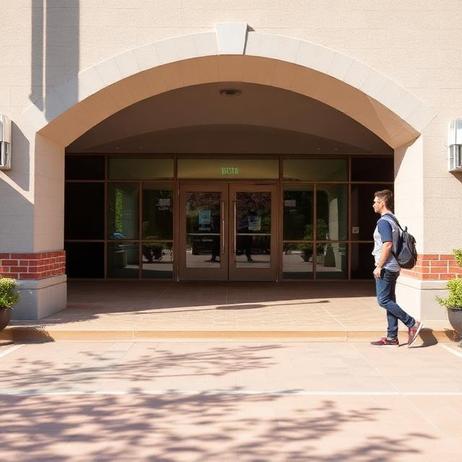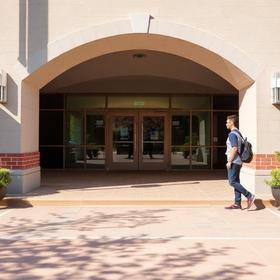Scholarships, Bursaries & Financial Aid Options for 2026 Entry: What’s Available Now
Planning for private school enrollment often begins years before a student sets foot on campus. Families new to the process may benefit from reviewing the broader overview in PrivateSchoolReview’s guide to how private school tuition works and what it covers. For families considering independent schools, understanding scholarships, bursaries, and financial aid options for 2026 entry is essential. Tuition at private schools reflects smaller class sizes, enriched programs, and individualized support, but it also requires thoughtful financial planning. Fortunately, financial aid options for 2026 entry are more robust, transparent, and accessible than many families realize.
This guide explains the current landscape of scholarships, bursaries, and financial aid options for 2026 entry, outlines eligibility requirements, and highlights strategies families can use now to improve affordability.
Understanding the Language of Financial Support
Private schools use specific terminology when describing financial assistance. Knowing these distinctions helps families evaluate financial aid options for 2026 entry more accurately.
Scholarships are typically merit-based awards. They recognize academic excellence, artistic talent, athletic achievement, or leadership potential. Scholarships for 2026 entry may be renewable annually, provided performance standards are met.
Bursaries, a term more commonly used at boarding schools and international programs, function similarly to need-based financial aid. Bursaries are awarded based on a family’s demonstrated financial need rather than student achievement.
Financial aid is the broadest category and usually refers to need-based assistance. Most private schools in the United States allocate significant portions


























